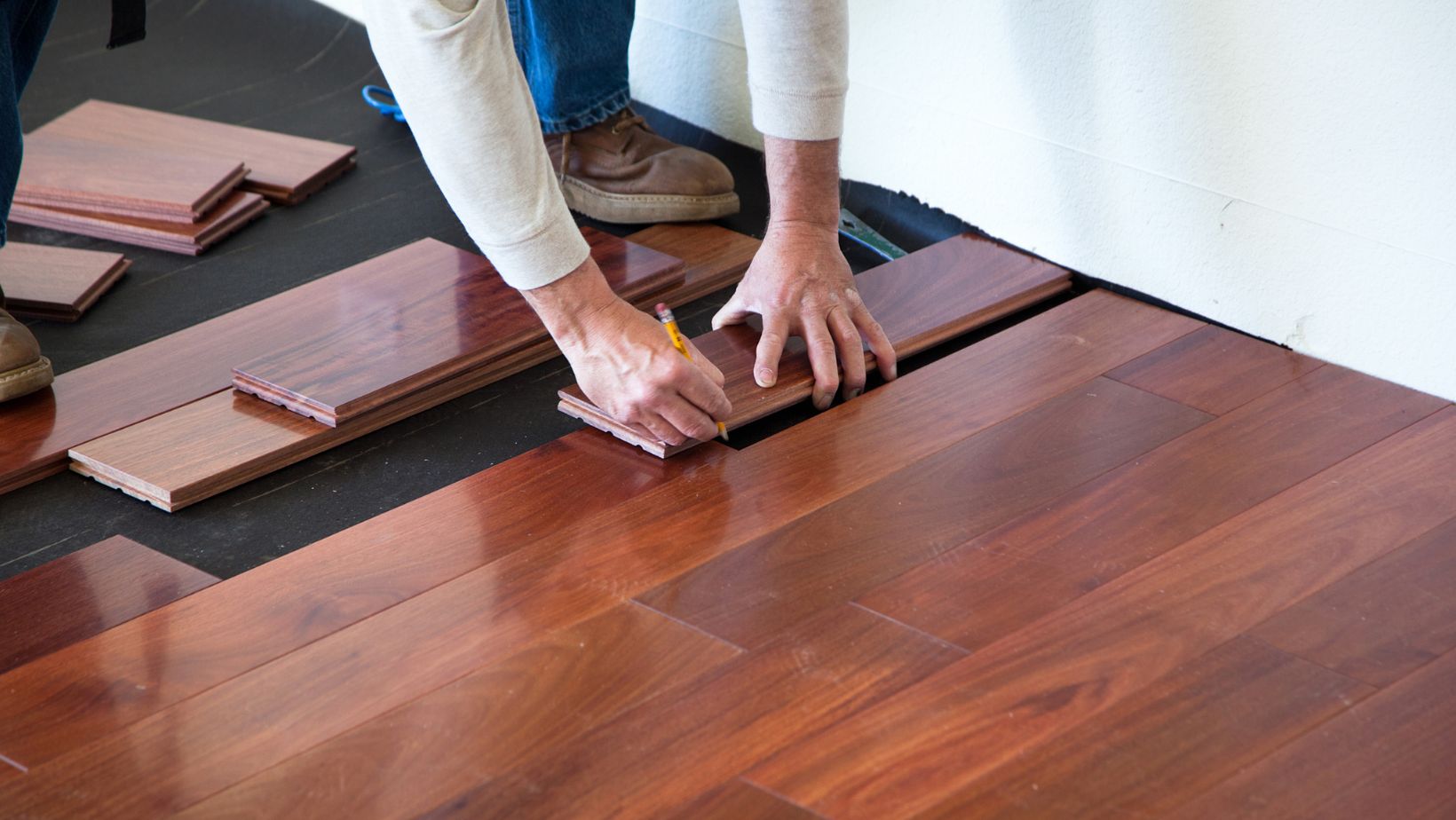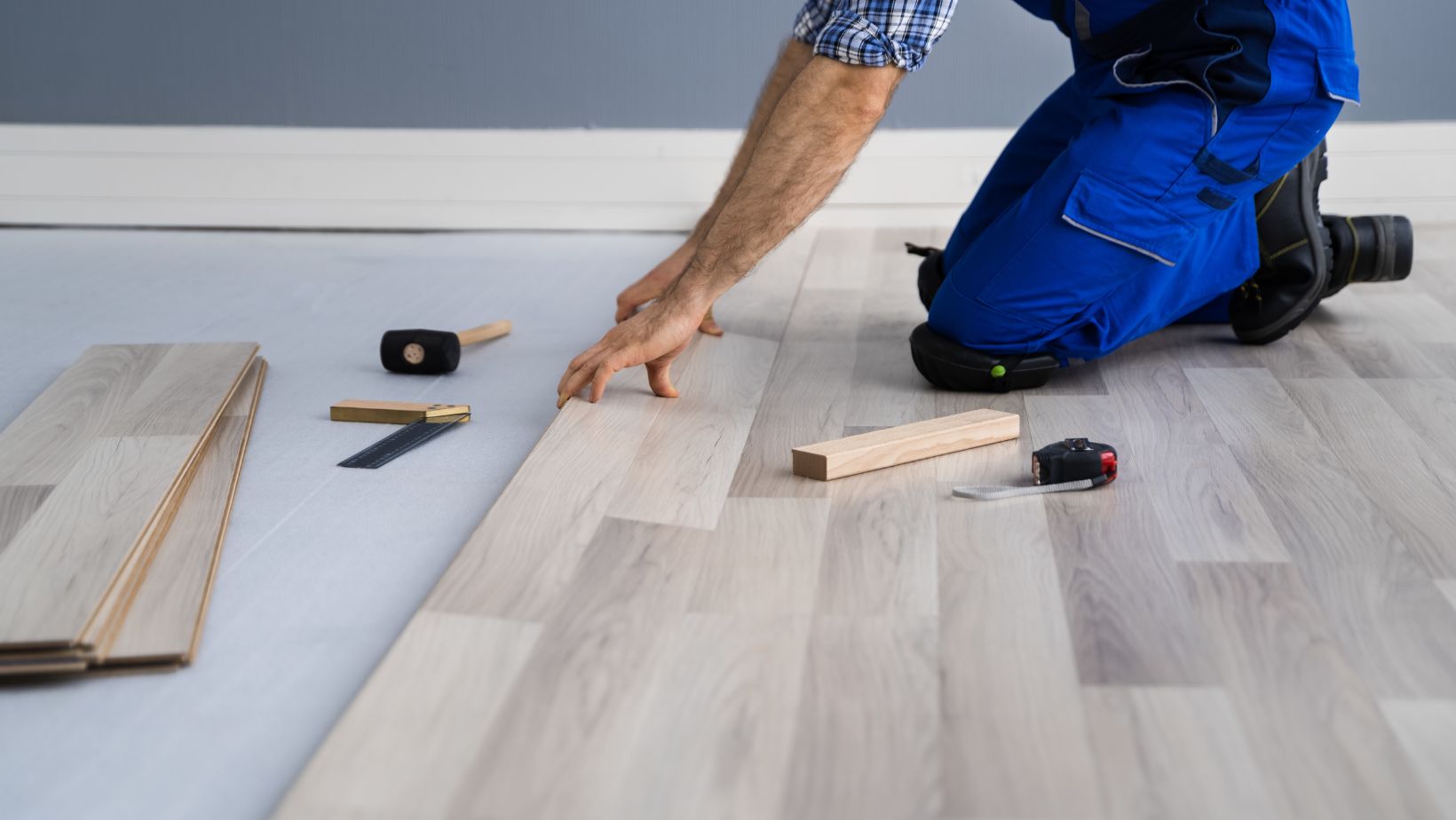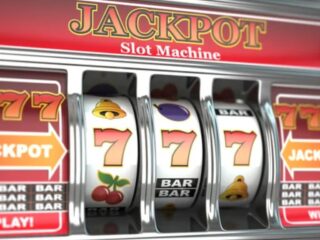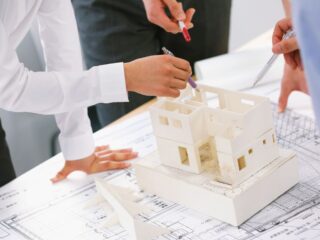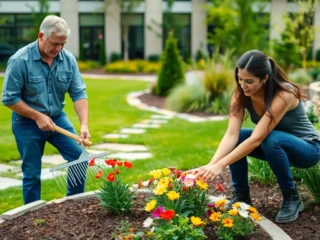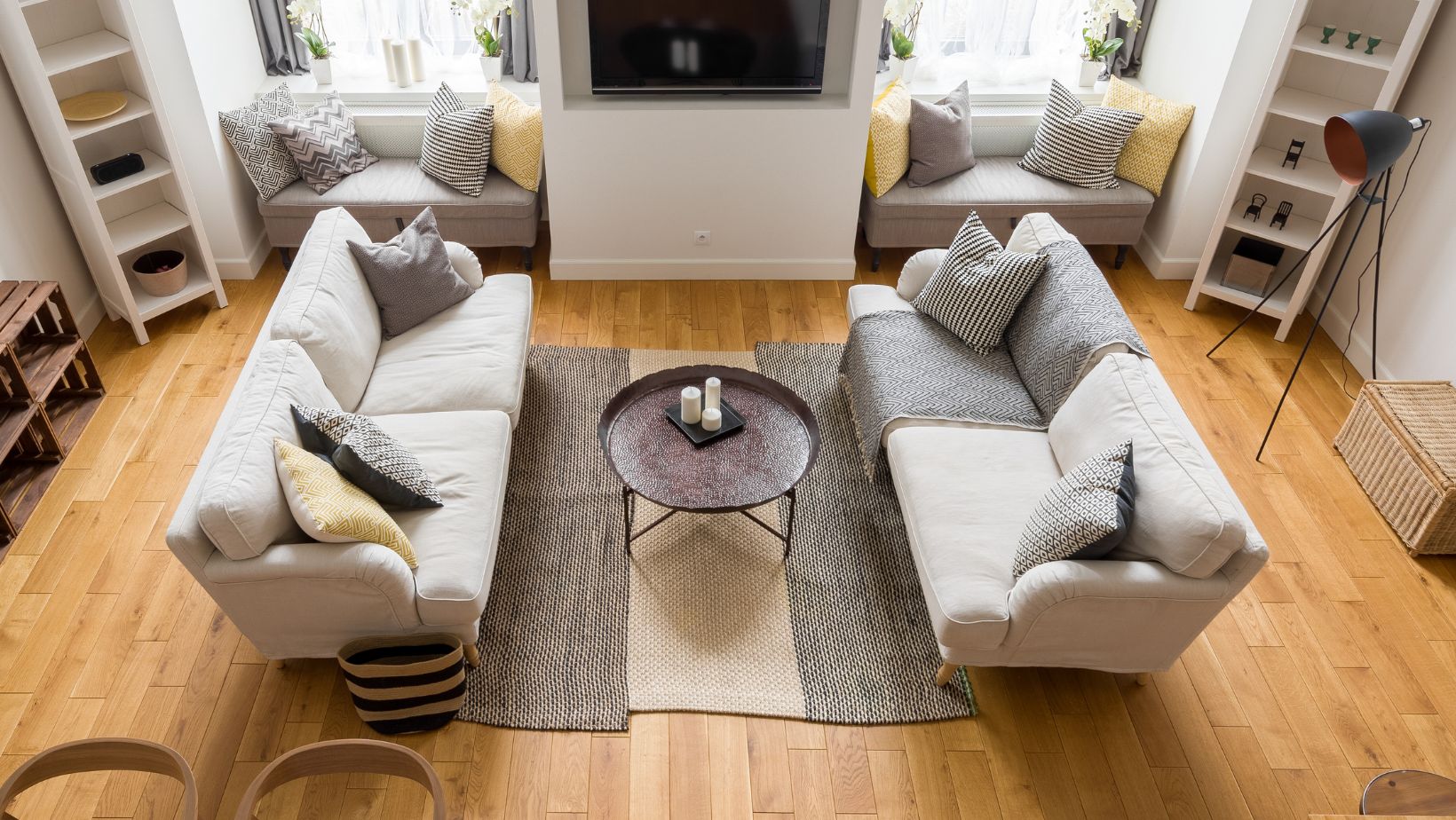
Hardwood flooring has long been a favorite among homeowners and designers alike for its timeless appearance, durability, and ability to elevate nearly any space. Whether you’re remodeling a historic home or choosing finishes for new construction, hardwood floors are a versatile, value-adding choice that never goes out of style. But with so many options available—species, finishes, plank widths, and installation types—it’s easy to feel overwhelmed. This comprehensive guide will help you make sense of it all, from benefits and types to maintenance and design tips.
Why Homeowners Choose Hardwood
Wooden floors are more than just nice to look at, even though they are very pretty. One big reason people like wood floors is that they last a long time. If you take good care of your wooden floor, it can last for decades, much longer than carpet or vinyl. Hardwood is also good for allergy-prone homes because it doesn’t hold allergens or dust mites, which improves air quality.
Homes with hardwood floors usually sell more quickly and for more money than homes with other types of flooring. This is a good reason why a lot of Canadians are switching to wood surfaces.
When considering options for Vancouver hardwood flooring, it’s essential to work with a provider who understands not just the technical aspects of installation but also the regional climate and how it affects different wood types.
Solid vs. Engineered Hardwood
You’ll have to choose between solid and engineered woods as one of the first things you need to do. After being put in, they might look the same, but there are important changes between them.
Solid hardwood comes from a single piece of wood and can be sanded and polished many times over the course of its life. It’s very strong and can last for generations, but it gets damaged by water and humidity more easily, so it’s not the best choice for bathrooms or basements.
On the other hand, engineered hardwood is made up of several pieces of wood that are glued together. The top layer is real lumber, which gives it the same nice look and the layers inside make it more stable. This makes it better for places below ground level or over concrete subfloors because it can handle changes in temperature and moisture better.
Popular Wood Species and Their Characteristics
Different types of wood have different looks, hardness levels, and price points. Some of the most popular species include:
- Oak: Known for its strength and distinct grain patterns. Red oak has a warm tone, while white oak offers a more neutral, versatile look.
- Maple: A harder wood with a smoother, more subtle grain. It works well in contemporary interiors.
- Hickory: Highly durable and known for its dramatic color variation, hickory is perfect for rustic or country-style homes.
- Walnut: Dark, rich, and luxurious; walnut makes a bold statement but is softer and more prone to dents.
- Cherry: Offers a warm, reddish hue that deepens with age. It’s elegant but on the softer side.
Each species comes with its own pros and cons in terms of appearance, cost, and performance. Your lifestyle, budget, and design preferences will all influence the best fit for your home.
Finishes: Prefinished vs. Site-Finished
How the floor is made is another important thing to think about. You can pick boards that are already finished or have them finished where they will be used.
The coats that are put on factory-applied hardwood that is ready to be installed tend to last longer than the ones that are put on site. It’s usually faster and cleaner to put these floors on-site because they don’t need to be sanded or stained.
Site-finished oak, on the other hand, lets you change the color and shine more. The finish also makes the look smoother because it hides all the seams between the boards. What’s the trade-off? The installation takes longer and is messy, and it needs time to dry and sand.
Surface Textures and Sheens
Today’s hardwood isn’t just flat and shiny. Manufacturers offer a variety of textures to suit every aesthetic:
- Smooth finish: Sleek and classic, ideal for modern and formal spaces.
- Wire-brushed: Offers a textured, matte look that hides scratches well—great for busy households.
- Hand-scraped: Gives a rustic, handcrafted appearance. Each plank is uniquely textured.
- Distressed: Features deliberate imperfections for a weathered, aged look.
The sheen level—matte, satin, semi-gloss, or high-gloss—also affects the overall appearance and maintenance. Matte and satin finishes are more forgiving with dirt and scratches, while glossier options are more reflective but show wear faster.
Installation Methods
The way your hardwood floor is installed can impact its performance and longevity. The main methods include:
- Nail-down: Common for solid hardwood, especially over wood subfloors.
- Glue-down: Used for both engineered and solid hardwood, particularly over concrete.
- Floating: Often used for engineered hardwood, this method involves locking planks together without nails or glue. It’s faster and easier for DIYers.
Installation should always be handled by professionals unless you’re very experienced with flooring systems. Mistakes during installation can lead to squeaks, gaps, or buckling later on.
Maintenance and Care
The fact that hardwood is so easy to clean is one of its best features. Dust and grit won’t scratch the surface if you sweep or vacuum regularly with a soft-bristle tool. The finish will last as long as you wet mop it every once in a while with a wood-safe cleaner.
Wood naturally doesn’t like water or steam cleaners, so stay away from them. To keep furniture from getting dents and scratches, put rugs in the entryways and felt pads under the chairs. It might need to be refinished every 7–10 years, based on how much it gets used.
Hardwood in Every Room?
In the past, hardwood floors were only used in bedrooms, living rooms, and eating rooms. However, engineered options and better resistance to water are making it more popular in bathrooms, kitchens, and home offices.
Still, don’t put down hardwood in places with a lot of water or high humidity unless the wood is rated for that.
Sustainability and Eco-Friendly Options
A lot of companies now sell hardwood that was carefully sourced and has been certified by the Forest Stewardship Council (FSC). Bamboo and cork are popular eco-friendly options for hardwoods. They have a similar feel and can be grown over and over again.
Engineered hardwood also uses fewer species that grow slowly, which makes it a better choice for the environment generally.
When to Replace vs. Refinish
You might be unsure of whether to refinish or replace your floor if it is scratched, faded, or damaged. If your hardwood is strong and hasn’t been refinished too many times, you can make it look like new by sanding it down and adding a new finish. Sometimes, though, it’s better to get new boards if the old ones are warped, badly gouged, or damaged by water.
Choosing the Right Look for Your Space
Trends in interior design come and go, but hardwood floors can be changed to fit any style. Narrow planks have a more traditional look, while wide planks are popular in modern homes because they look clean and simple. Dark tones add depth and drama, while light finishes make things feel bigger and brighter.
Another way to add depth and warmth to hardwood floors without taking away from their beauty is to layer rugs on top of them.
Putting in hardwood floors takes work, but they last for decades and look great, work well, and raise the value of your home. Choose from a wide range of styles, such as traditional wood, bold walnut, or trendy wire-brushed finishes. You can make a smart investment that fits your home and way of life if you know about the different materials, finishes, and fitting methods.
To explore high-quality options and get expert advice, visit this trusted flooring store.

